commentary Commentary
Commentary: Are we inept at handling wild animals that come our way?
Growing up in a sanitised, concrete jungle, many of us have little interaction or experience with animals thus amplifying our fear responses, says SPCA Executive Director Jaipal Singh Gill.
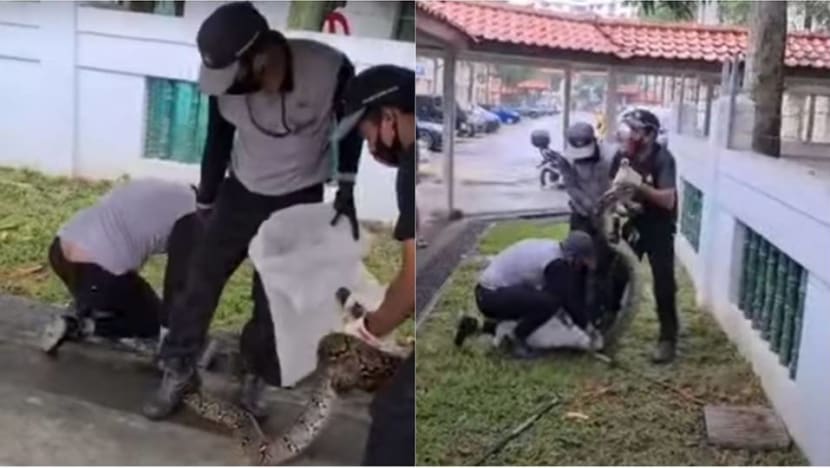
A video uploaded on Sep 9, 2020 shows pest control officers removing a snake in Jurong West. (Screengrab: YouTube/News Videos)
SINGAPORE: Recently, a pest control company received flak for mishandling a python they were called on to deal with.
The criticism came after a YouTube video circulated online of pest control officers allegedly mishandling a python while removing it from a drain in Jurong West.
Many, especially those in the animal and environment protection world, must have been thinking, not again.
"As we grow into a city in a garden, it is important that we start raising awareness about our urban wildlife," wildlife rescue group the Animal Concerns Research and Education Society (ACRES) deputy chief executive Kalai Vanan told media. "We cannot achieve that with pest control handling wild animals as it associates wild animals with being pests."
LISTEN: Responsible pet ownership in Singapore's flats – it's not just about size
READ: Commentary: Ocean warming spells trouble for more fishes
Wildlife are not pests and maybe therein lies the challenge. Should we, therefore, take an alternative approach to our chance encounters with the animals we least expect?
This begins with asking, are pest control companies equipped to handle issues to do with wildlife or domesticated species such as dogs and cats? And why are they being called out to attend to such cases in the first place?
FEAR OF THE UNKNOWN
Non-governmental organisations (NGOs) such as the SPCA and ACRES, as well as government agencies, have long received high volumes of requests for assistance regarding all sorts of animals - from snakes, macaques, and junglefowl, to dogs and cats.
A majority of these calls often relay concerns of fear or intolerance relating to an unwanted animal in their environment. “There is a cat outside my flat and I cannot leave my house”, related some. Other narratives found their way to Parliament.
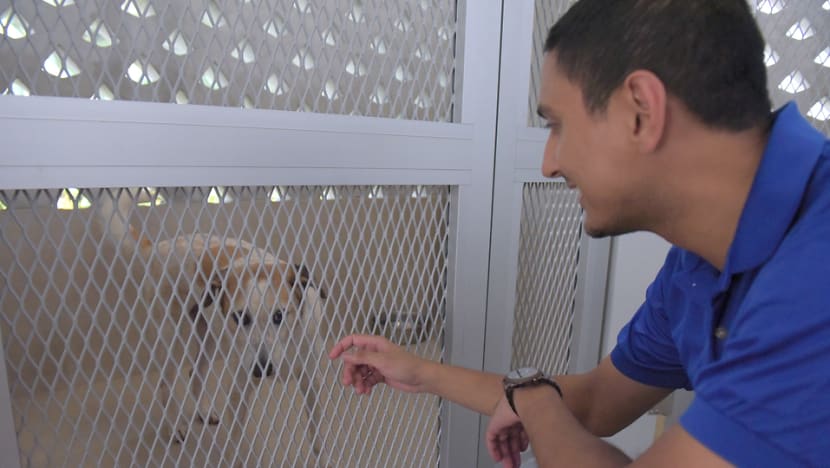
For example, in February 2019, then-Member of Parliament (MP) Lee Bee Wah memorably related a story of how a resident had seen a snake in a drain outside of her ground floor unit.
Fearing for the safety of her grandchild who was sleeping inside the flat, she had wanted the snake removed. By the time the pest control company, activated by the town council had arrived, the snake had long disappeared.
In a case I personally handled many years ago, a man had bashed a snake he found in his backyard to death, in fear that the animal would harm him. It turned out to be a harmless non-venomous snake that would have been more afraid of the man, than the man was of the animal. Such cases are, unfortunately, all too common.
RAISING AWARENESS WITHIN SOCIETY
Of course, we cannot expect Singaporeans to develop the awareness, knowledge and confidence of dealing with animals when many of us haven’t been conditioned or educated to do so.
READ: 20 new species of fauna recorded on Pulau Ubin, including new type of spider
READ: Commentary: Let Singapore’s green spaces grow wild
Growing up in a sanitised, concrete jungle, many of us have little interaction or experience with animals. Sometimes, not understanding animal behaviour and biology amplifies our fear responses.
But even so, it is unrealistic to expect an untrained person, wherever he is in the world, to be able to distinguish between every venomous and non-venomous snake. When coming across such animals, we can always expect the public to react with some degree of trepidation.
Still, some education may be useful. These include learning how to respond to a pack of community dogs when you are out for a late-night run. Flailing arms and loud footsteps only focuses the pack’s attention in your direction.
Spotted otters and wild boars at Pasir Ris Park? Know to keep your distance and use the zoom function instead, if you are trying to get a photograph of your sighting.
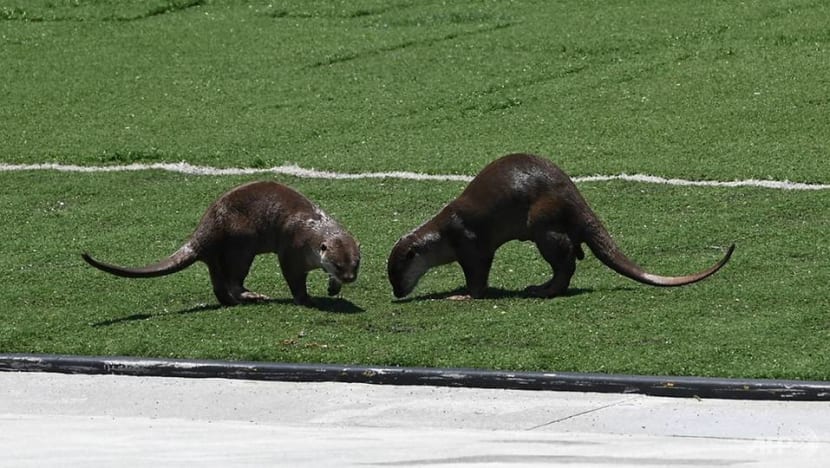
Taking a brisk walk in a forested area like MacRitchie and a macaque appears out of nowhere, baring its teeth? Do not maintain eye contact with the animal and calmly walk away.
In cases where animals are seen as causing a nuisance, how can we better manage the situation? Cats sleeping on car hoods or barking dogs in neighbourhood are some of the complaints we receive.
Recently, bats began appearing in HDB flats at Upper Boon Keng Road. The MP of the area sensibly urged calm and proposed we adopt humane methods to keep them out, such as placing a shiny object on entry points as they work towards managing fruit trees in the area.
EDUCATION AND EXPOSURE: A TWO-PRONGED APPROACH
Awareness of how to respond to animals is just the first step. NGOs such as the SPCA and ACRES have long been providing guidance on human-animal interactions and relationships.
Many organisations are already doing the important work of increasing awareness and exposure, through nature walks, education talks and producing online educational content. There is room to increase these efforts, especially for the younger ones formally through the education system.
READ: Commentary: Battling with the mynas who come into my home and won't leave
READ: IN FOCUS: How urbanised Singapore is learning to live with its wildlife
For instance, can we not extend some of this education to our young ones in school, whether through formal education or informally during downtime through talks, workshops and seminars?
To the wider population, there are ways in which these can be made available and promoted too, for instance by offering them at subsidised rates in community clubs, libraries and other public facilities.
But besides helping the general public be more aware of the dos and don’ts when coming across animals, what may be more effective is in equipping the agencies that are being called to deal with such encounters with the necessary skills and know-how so that the animals are not mistreated.
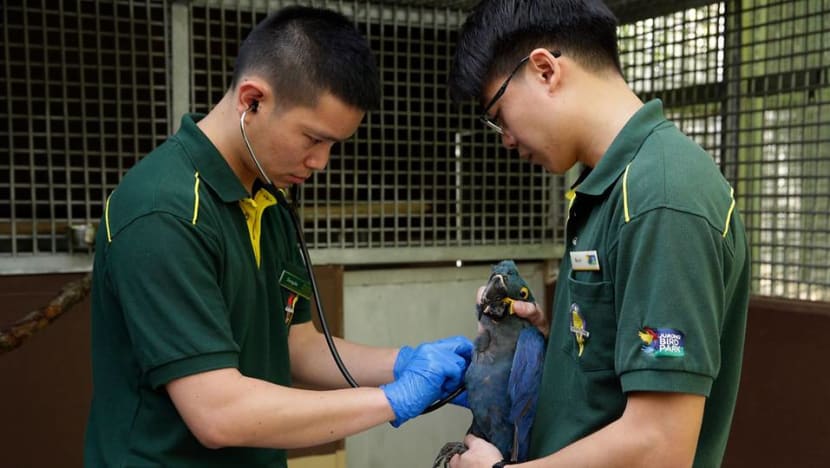
In this regard it is heartening to note that in response to the viral video of the python being mishandled in Jurong West, the Singapore Pest Management Association (SPMA) admitted there was room for improvement in how its members handled wildlife.
The National Parks Board (NParks) confirmed that since August it has introduced the three-week long Animal Management Professional Certification Programme, in collaboration with SPMA, to promote upskilling in the industry, raise industry standards and train animal management staff in ensuring public and personnel safety.
These steps are in the right direction so that when called upon, animal management officers can not only allay the fears of the public, but also engage with the animals around us more humanely.
FINDING THE RIGHT VOCABULARY
Changing our discourse is another step in the right direction. How we identify and talk about our community animals, makes all the difference as it allows us to deal with them with more compassion and empathy. The “stray” dogs and cats that we see are diminished by the very use of the word “stray”.
READ: Commentary: The truth behind returning wildlife is less feel-good than you think
However, if we start employing positive frames of reference that are more inclusive such as “community” cats and dogs, we embrace conceptually that we live in shared spaces that consist of a variety of community members that may not always look like us.
Yet, they are there through no fault of their own.
The animal welfare movement needs to take the lead in how it positions animals in mainstream discourse. Over the years, for example, we have moved from identifying pariah or stray dogs to now calling them Singapore Specials.
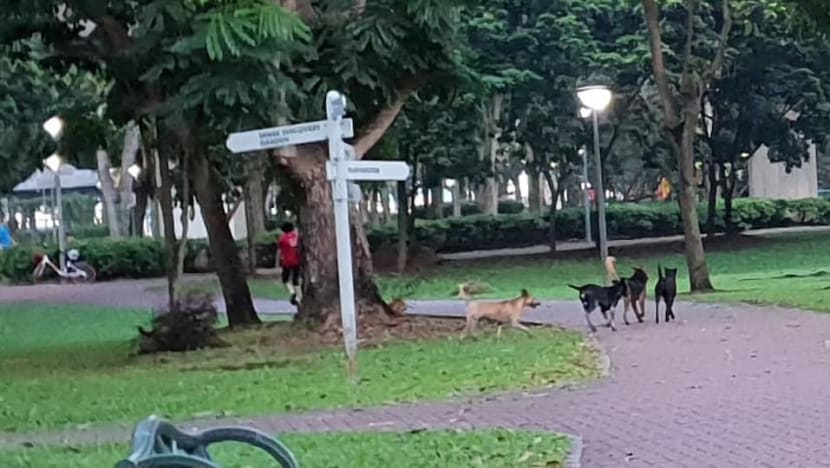
There are many more antiquated terms and references that we make, in relation to animals. I too am guilty of this and need to do better.
We must thus continue to engage in understanding our urban environments with our animal friends in mind. The otters we see across different neighbourhoods is one such example. Knowing how to navigate the otters could mean potentially avoiding a nasty bite or having your fish pond emptied.
READ: Commentary: How to walk a dog in Singapore’s time of coronavirus
Culling these animals should never be a solution, and there are plenty of alternatives available to manage their populations, if required.
After all, a large part of current development seeks to re-create green spaces. We tear down the forests to re-create green towns. Despite the changing landscape, there will always be wildlife, old and new.
Valuing the interplay of the people, the environment and the animals in our green urban city is a distinctive part of our Singapore story. In other cities, coyotes, deer and bears form these unique encounters.
In Singapore, we boast of otters, boars, junglefowl and snakes that are uniquely ours.
Jaipal Singh Gill is Executive Director of SPCA in Singapore.












